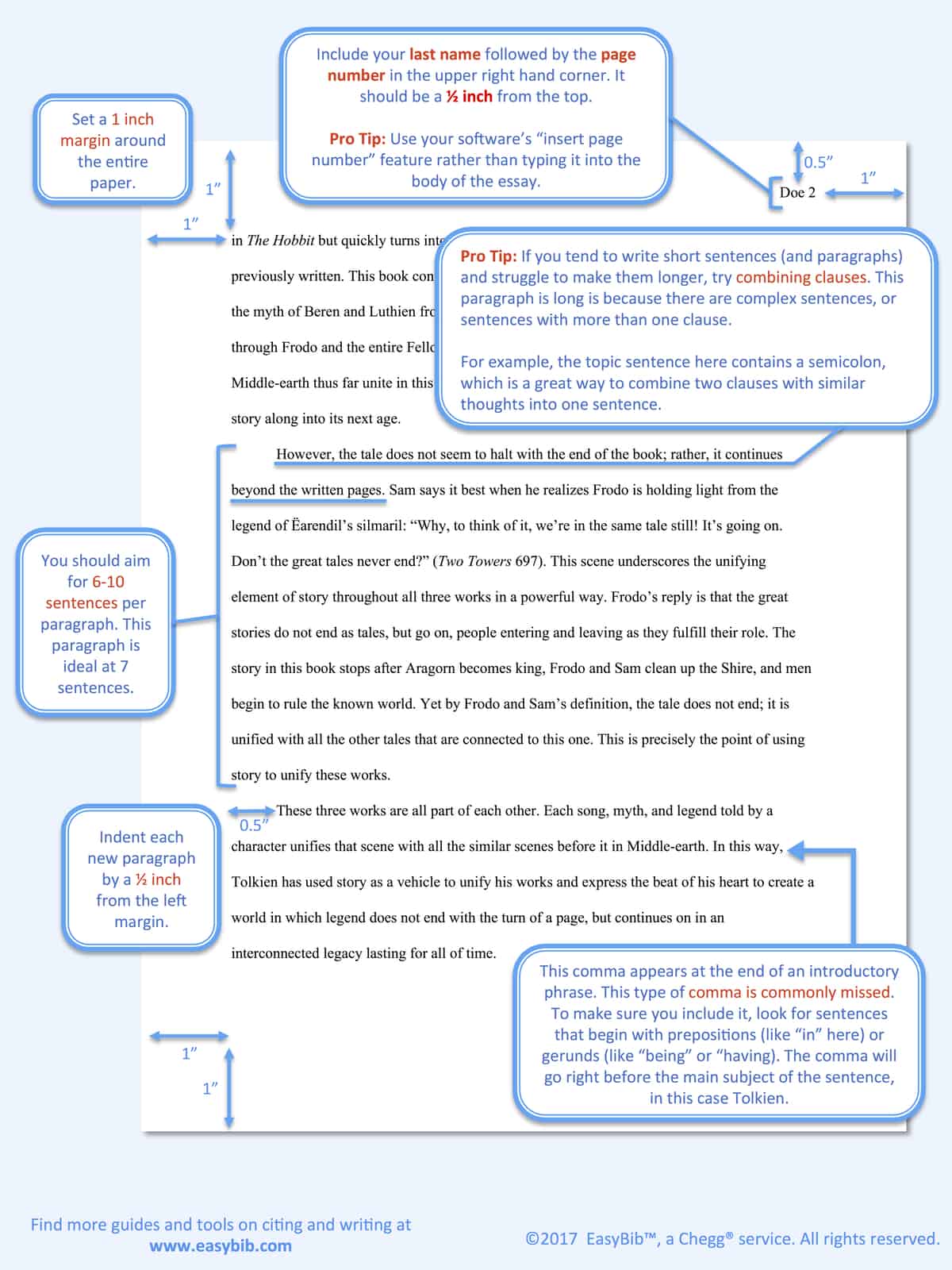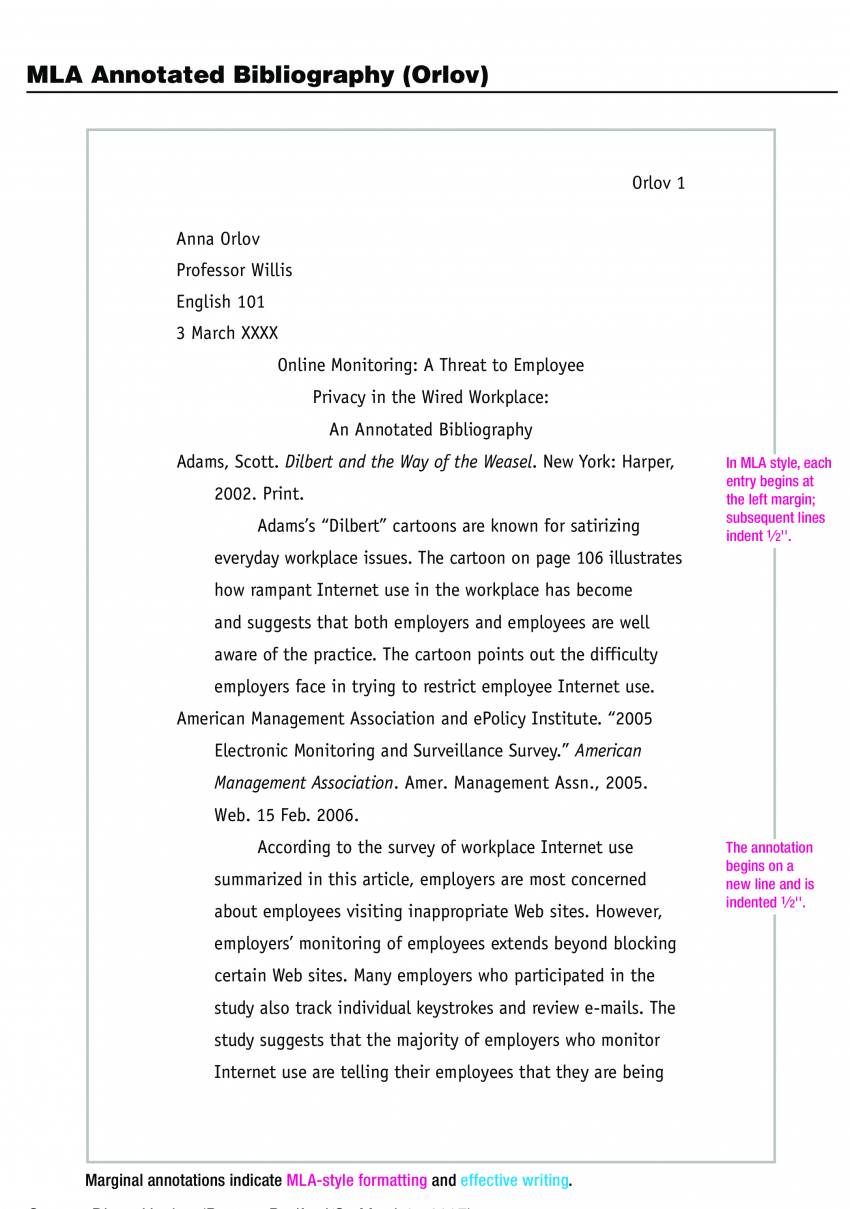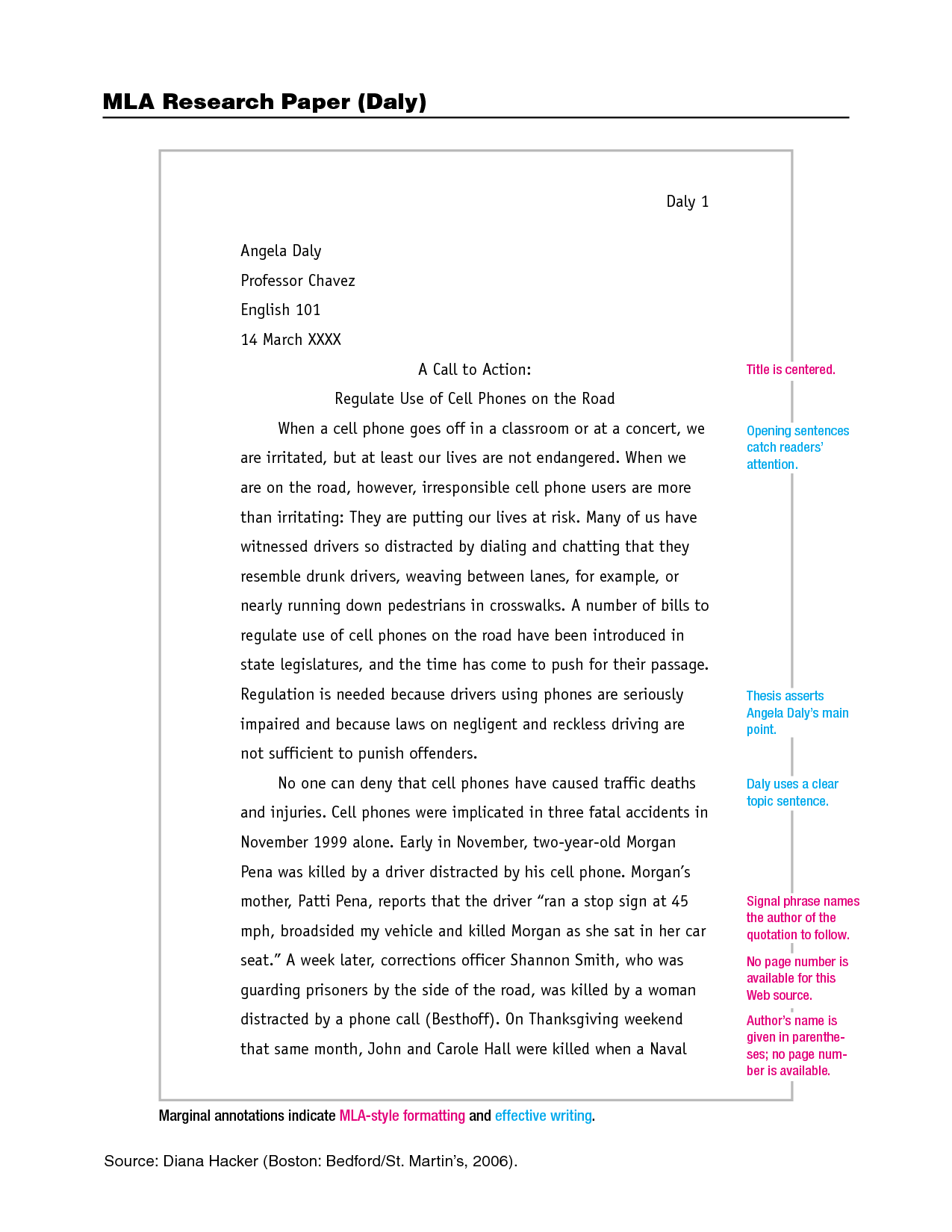
Table of contents
Proper citation of sources is a two-part process. You must also cite, in the body of your essay, the source your paraphrased information or where directly quoted material came from. These citations within the essay are called in-text citations. You must cite all quoted, paraphrased, or summarized words, ideas, and facts from sources · MLA academic citations consist of the author’s last name and the page number. To cite a source, you should put the author’s last name and the page number in parentheses after quoting or referring to that source. The punctuation goes outside the parentheses, so that’s where the period goes. – Basic Format: (Author’s Last Name Page Number) These are the general pieces of information that MLA suggests including in each Works Cited entry. In your citation, the elements should be listed in the following order: Author. Title of source. Title of container, Other contributors, Version, Number, Publisher, Publication date, Location

Citing online articles
These are the general pieces of information that MLA suggests including in each Works Cited entry. In your citation, the elements should be listed in the following order: Author. Title of source. Title of container, Other contributors, Version, Number, Publisher, Publication date, Location MLA in-text citations are brief references that direct your reader to the full source entry. You include them every time you quote, block quote, paraphrase or summarize a source. The in-text citation must match the first word of the Works Cited entry—usually the author’s last name When citing an introduction, a preface, a foreword, or an afterword, write the name of the author(s) of the piece you are citing. Then give the name of the part being cited, which should not be italicized or enclosed in quotation marks; in italics, provide the name of the work and the name of the author of the introduction/preface/foreword/afterword

MLA Works Cited Page: Books
· An MLA website citation includes the author’s name, the title of the page (in quotation marks), the name of the website (in italics), the publication date, and the URL (without “https://”). If the author is unknown, start with the title of the page instead When citing an introduction, a preface, a foreword, or an afterword, write the name of the author(s) of the piece you are citing. Then give the name of the part being cited, which should not be italicized or enclosed in quotation marks; in italics, provide the name of the work and the name of the author of the introduction/preface/foreword/afterword MLA in-text citations are brief references that direct your reader to the full source entry. You include them every time you quote, block quote, paraphrase or summarize a source. The in-text citation must match the first word of the Works Cited entry—usually the author’s last name
Core Components
These are the general pieces of information that MLA suggests including in each Works Cited entry. In your citation, the elements should be listed in the following order: Author. Title of source. Title of container, Other contributors, Version, Number, Publisher, Publication date, Location Essays MLA recommends that when dividing an essay into sections you number those sections with an Arabic number and a period followed by a space and the section name. 1. Early Writings 2. The London Years 3. Traveling the Continent 4. Final Years Books MLA in-text citations are brief references that direct your reader to the full source entry. You include them every time you quote, block quote, paraphrase or summarize a source. The in-text citation must match the first word of the Works Cited entry—usually the author’s last name

Save hours of repetitive work.
Essays MLA recommends that when dividing an essay into sections you number those sections with an Arabic number and a period followed by a space and the section name. 1. Early Writings 2. The London Years 3. Traveling the Continent 4. Final Years Books · MLA academic citations consist of the author’s last name and the page number. To cite a source, you should put the author’s last name and the page number in parentheses after quoting or referring to that source. The punctuation goes outside the parentheses, so that’s where the period goes. – Basic Format: (Author’s Last Name Page Number) MLA in-text citations are brief references that direct your reader to the full source entry. You include them every time you quote, block quote, paraphrase or summarize a source. The in-text citation must match the first word of the Works Cited entry—usually the author’s last name
No comments:
Post a Comment